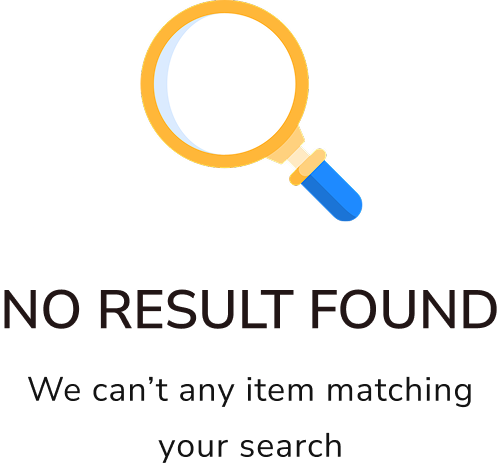In the vibrant world of food and beverages, containers such as bottles and glasses play a pivotal role. Designed for both storage and presentation, these containers are integral to daily operations—whether you are sipping a refreshing soda or enjoying a fine wine. Understanding the nuances of their use can offer insights into broader trends affecting the food industry, and especially in sectors like food manufacturing, food processing, and food technology consulting.
The Versatile World of Bottles
Bottles serve as essential containers, commonly crafted from glass or plastic, available in myriad shapes and sizes. Their primary use lies in storing and transporting a wide array of beverages such as water, soda, beer, wine, and spirits. Here’s how they function within the food industry:
- Storing and Transporting: Bottles are designed to be both sealable and portable, ensuring contents remain fresh while protected from contaminants. The use of threaded or corked openings further enhances their practicality.
- Beyond Beverages: Beyond drinks, bottles are versatile enough to store products like shampoo, lotion, or laundry detergent, illustrating the cross-industry demand for efficient container solutions.
- Material Considerations: Both glass and plastic options are common, with innovations focusing on sustainability, offering recyclable, reusable, or biodegradable materials to meet growing environmental concerns.
The Art of Serving with Glasses
Moving from storage to consumption, glasses are the preferred choice for serving beverages, crafted typically from glass or crystal. Each type of glass caters to a specific beverage, enhancing the drink's aroma, flavor, or appearance:
- Diverse Designs: From wine glasses specifically shaped to enhance a wine’s bouquet, to beer glasses that highlight color and texture, glasses are expertly designed for each drink type.
- Functional Features: Many glasses incorporate stems or handles, minimizing the impact of hand warmth on beverage temperature, thus enhancing the drinking experience.
Market Trends in Bottles and Glasses
The global demand for bottles and glasses is driven by several key trends within the broader food industry. Understanding these can inform product development and business strategies across related fields, such as food factory design and food plant engineering:
- Beverage Industry Growth: With rising disposable incomes and urbanization, demand for both alcoholic and non-alcoholic beverages has surged, boosting the need for bottles and glasses.
- Sustainable Packaging: Growing environmental awareness has spurred a move towards eco-friendly options, leading to innovations in container materials and a shift towards reusable glasses in hospitality.
- Innovative Designs: Companies are innovating with functionality-driven designs, enhancing portability, convenience, and product performance to meet consumer expectations.
- Regional Preferences: Market preferences for bottle types vary, with glass bottles favored in Europe and plastic in North America, reflecting distinct regional priorities.
Conclusion
The evolving landscape of bottles and glasses signifies more than just changes in consumer preferences; it reflects broader transformations in the food and beverage industry. For businesses leveraging the expertise of a food consultant or food processing consultant, keeping abreast of these trends is crucial. Whether you're an engineer working on food factory design or involved in food plant engineering, understanding the dynamics of bottles and glasses can offer insights pivotal for thriving within the industry.
 PMG stands for Projects Management Group. We provide state-of-the-art Engineering Services to build world-class food processing factories.
PMG stands for Projects Management Group. We provide state-of-the-art Engineering Services to build world-class food processing factories.  Engineering is the difference between Chaos and Excellence. If you are going to do it, do it right.
Engineering is the difference between Chaos and Excellence. If you are going to do it, do it right.  Explore the diverse range of Products in the Food Processing Industry.
Explore the diverse range of Products in the Food Processing Industry.  Explore the technologies at the heart of the the Food Processing Industry.
Explore the technologies at the heart of the the Food Processing Industry. 


 Back
Back 


